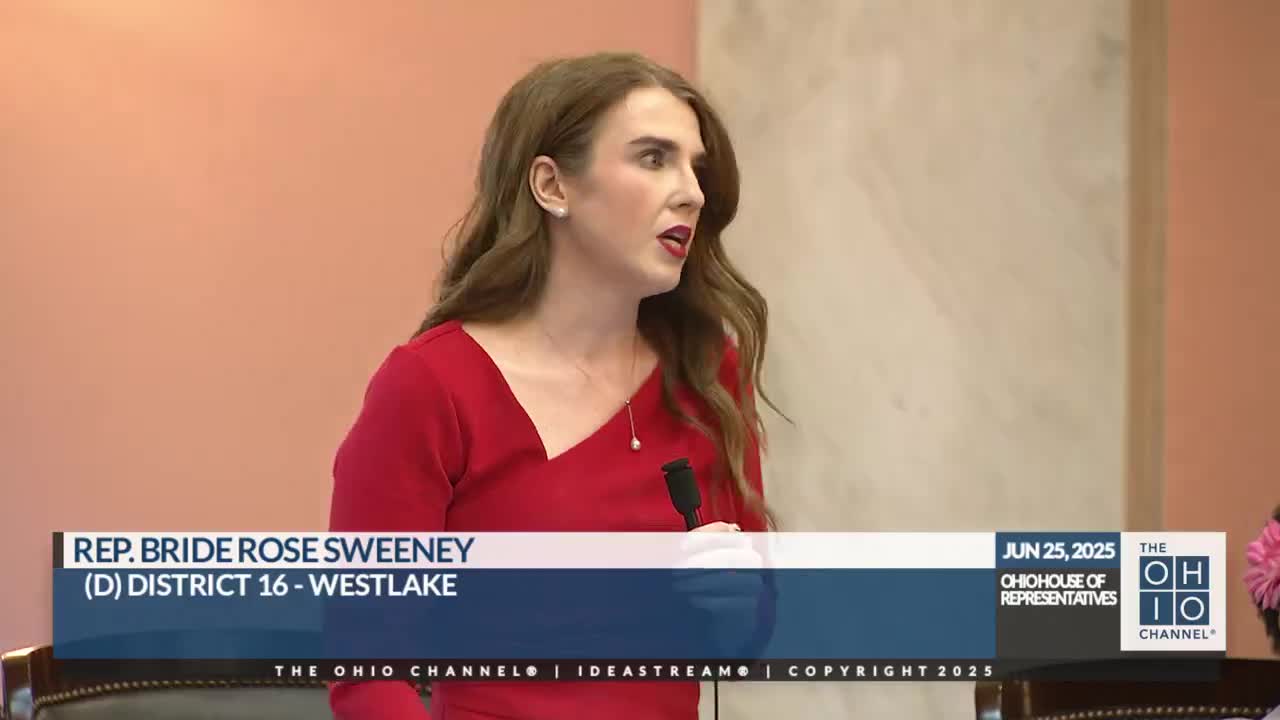Ohio legislature faces backlash for inadequate public school funding in new budget
June 28, 2025 | House of Representatives, Committees, Legislative, Ohio
Thanks to https://workplace-ai.com/ , all articles about Ohio are free for you to enjoy throughout 2025!

This article was created by AI using a video recording of the meeting. It summarizes the key points discussed, but for full details and context, please refer to the video of the full meeting. Link to Full Meeting
One of the most striking points raised was the apparent contradiction between the state's financial capabilities and its commitment to adequately fund public education. A representative passionately argued that the budget reflects a failure to uphold the constitutional obligation to support schools, highlighting that the state’s contribution to education funding has dropped to its lowest level in decades. This decline, from 42% to just 32%, raises alarms about the sustainability of educational programs and the burden placed on local property taxpayers.
The Fair School Funding Plan, which was designed to ensure equitable funding for all schools, remains in the budget but is not fully funded. This decision has left many questioning the legislature's priorities, especially as funding for private schools appears to have increased more significantly than that for traditional public schools, which educate the vast majority of Ohio's children.
Tax cuts featured prominently in the debate, with critics pointing out that the benefits disproportionately favor wealthier individuals. While the budget proposes modest tax relief for some middle-class families, the majority of Ohioans earning around $83,000 will see little to no benefit. In stark contrast, those with incomes in the millions stand to gain significantly more, raising concerns about fairness and equity in tax policy.
The budget also diverts funds from essential services, including education and health care, to finance these tax cuts. This has led to fears that critical programs, such as broadband expansion and teacher recruitment initiatives, may suffer as a result. Lawmakers expressed frustration over the reliance on temporary surpluses to balance the budget, warning that this approach could jeopardize long-term financial stability.
As the meeting concluded, the overarching sentiment was one of disappointment and urgency. Lawmakers recognized the need for a budget that not only addresses immediate financial concerns but also lays a foundation for a more equitable and sustainable future for all Ohioans. The choices made in this budget will undoubtedly shape the landscape of education and taxation in the state for years to come, leaving many to wonder what the next steps will be in the ongoing struggle for fair funding and support for public schools.
Converted from Video meeting on June 28, 2025
Link to Full Meeting
Comments
View full meeting
This article is based on a recent meeting—watch the full video and explore the complete transcript for deeper insights into the discussion.
View full meeting